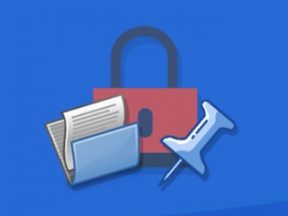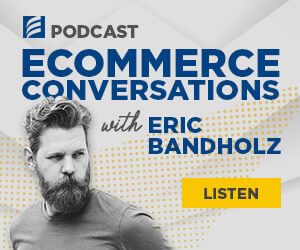Counterfeiting is a problem for many products, but only recently have book buyers had to worry about it.
Digital publishing technology and artificial intelligence have made producing fake books easier than ever, and imposters seem to be showing up everywhere. My searches for noteworthy books to highlight here turned up numerous examples of what appear to be copycat titles produced by people with little evidence of their expertise.
Counterfeiting published material raises unique issues. While trademarks and patents often protect other kinds of merchandise, books rely on copyrights alone, and some titles may not qualify.
There are at least three ways to fake a book:
- Produce an actual physical facsimile.
- Produce a knockoff book with a similar-sounding title and a different author.
- Fraudulently market a book as by a well-known author without her knowledge or consent.
Last year, writer and publisher Jane Friedman posted an online article titled “I Would Rather See My Books Get Pirated Than This” about discovering fraudulent books bearing her name on Amazon. It was big news in the book industry. Friedman is the author of “The Business of Being a Writer” (a new edition comes out this spring), and her blog and newsletters chronicled how difficult it was to get Amazon and Goodreads to remove the fraudulent titles.
Other authors are often surprised by fake biographies of themselves and copycat titles appearing on the same web page as their legitimate originals. As the world’s largest bookseller, Amazon is the most noteworthy platform for fake and pirated books, but it isn’t alone; Google and its Google Play app are prominent, too.
Friedman’s analysis of sales data for self-published titles shows that the “market for copycat, fake, and deceptively titled books is alive and well on Amazon, perhaps even flourishing in a way it hasn’t before” with a knockoff version of a number one book, “A Navy SEAL’s Bug-In Guide” by Joel Lambert, at number 13 and another in the top 70.
Book Buyer Beware
How can readers detect fake books? As an example, searching for “hook point” in Amazon’s books section returns listings for “Hook Point” by Brendan Kane (the top seller in the Podcasting and Webcasting category), along with “Mastering the Hook Point” by Nancy T. Roberts and “Hook Point” by Robert Hicks.
But there are key differences. The Kane book is available in Kindle, hardcover, paperback, and audio formats. Its listing contains a robust description, several credible review blurbs, and more than 1,000 customer ratings. Plus, Kane’s author link lists several other books he has published.
Conversely, the Roberts and Hicks books are Kindle-only, their descriptions are sketchy, they have few or no ratings, and there are no linked author pages. Meanwhile, Google Play offers an audiobook by Marci Delaney called “Hook Point: The Ultimate Guide on How to Engage a Customer, Discover Proven Methods of Customer Relationship Marketing and How to Increase Customer Magnetism” — but it’s only 23 minutes, while the Brendan Kane version lasts 8 hours.
It’s not easy to sift out worthwhile books from hastily produced lookalikes, especially if you’re searching by topic and unaware of the leaders and experts in that field. The sites Stop Counterfeit Books and Good Ereader provide some tips.
In response to advocacy groups such as the Authors Guild, Amazon has instituted an AI transparency policy for its Kindle Direct Publishing unit. However, that policy places compliance on “authors, publishers, and selling partners.”
In a flurry of commonsense, the U.S. Federal Trade Commission states on its website, “Selling digital items created via AI tools is obviously not okay if you’re trying to fool people into thinking that the items are the work of particular human creators.”





